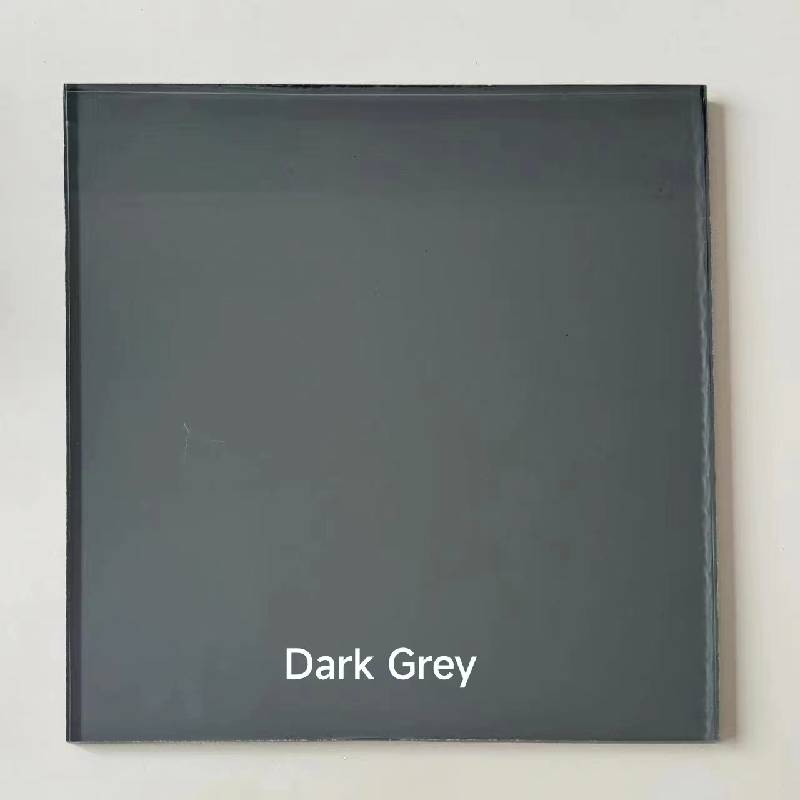

The Evolution and Benefits of Tinted Float Glass
In contemporary architecture and interior design, glass has become an essential material, lending aesthetic appeal as well as functionality to a variety of spaces. Among the diverse types of glass available, tinted float glass stands out for its combination of visual appeal and practical benefits. This article explores the characteristics, advantages, and applications of tinted float glass, highlighting its significant role in modern building design.
Tinted float glass is produced by adding metallic oxides during the manufacturing process of standard float glass. This results in a product that has not only a colored appearance but also enhanced properties. The float glass technique involves floating molten glass on top of molten tin, leading to a smooth, uniform surface. The addition of tints during this process allows for a variety of hues, ranging from subtle shades to more pronounced colors. The choice of tint can affect the thermal and solar performance of the glass, making it a versatile option for various applications.
One of the most significant advantages of tinted float glass is its ability to control solar heat gain. In regions with a high incidence of sunlight, buildings constructed with tinted glass can significantly reduce the amount of heat entering through the windows. This characteristic leads to lower energy consumption as air conditioning systems do not need to work as hard to maintain comfortable indoor temperatures. As a result, tinted float glass can contribute to increased energy efficiency, making it an environmentally friendly choice for both residential and commercial buildings.
Moreover, the visual appeal of tinted float glass cannot be understated
. The variety of colors available allows architects and designers to create striking visual effects, enhancing the overall aesthetic of a building. Tinted glass can be used to complement the surrounding environment, providing a cohesive look that integrates with the building’s architecture. It can also be employed to create a sense of privacy without sacrificing natural light. For instance, in offices or residential settings, tinted glass can obscure views from the outside while still allowing occupants to enjoy daylight.
In addition to its aesthetic and energy-saving properties, tinted float glass also offers enhanced safety and durability. The tinting process can make the glass less prone to shattering, thus providing an extra layer of protection against potential accidents. This is particularly important in urban environments where buildings are exposed to high levels of foot traffic and other potential hazards. Moreover, tinted glass can help minimize glare, creating a more comfortable and less distracting environment for occupants.
As sustainability in construction takes center stage, the demand for tinted float glass is likely to grow. The material is recyclable, and many manufacturers are focusing on sustainable production methods, further reducing the environmental impact. Architects and builders are increasingly looking for materials that are both functional and eco-friendly, and tinted float glass fits this criteria seamlessly.
From skyscrapers to residential homes, the application of tinted float glass is diverse. It is commonly used in facades, interior partitions, and skylights, among other installations. The choice of tint can also be tailored to specific needs, such as increased UV protection, which helps to protect interior furnishings from fading over time.
In conclusion, tinted float glass is a remarkable material that marries aesthetics with practicality. With its ability to control solar heat gain, enhance visual appeal, improve safety, and contribute to energy efficiency, it represents a smart investment for modern construction projects. As architects and designers continue to prioritize sustainability and energy efficiency, tinted float glass will undoubtedly remain a popular choice in the design of both commercial and residential buildings. Its enduring qualities ensure that it will play an important role in shaping the future of architecture and interior design for years to come.